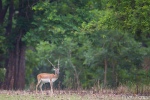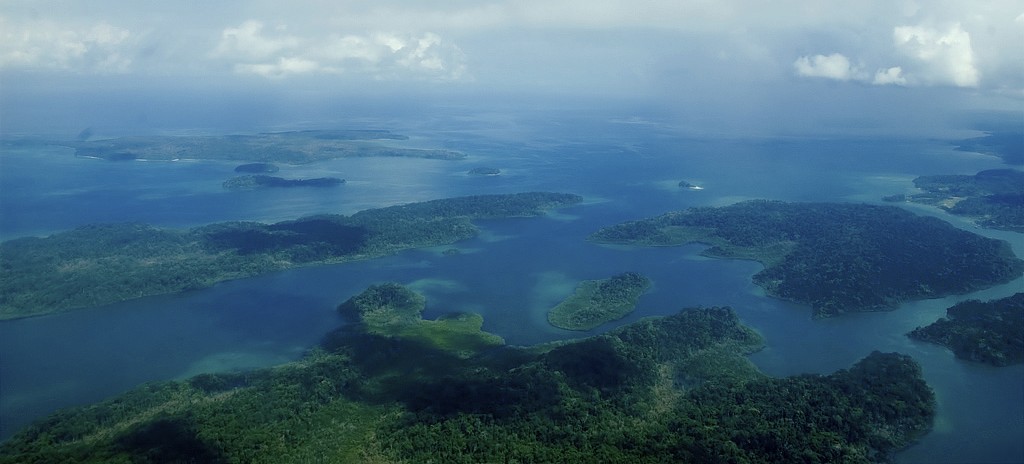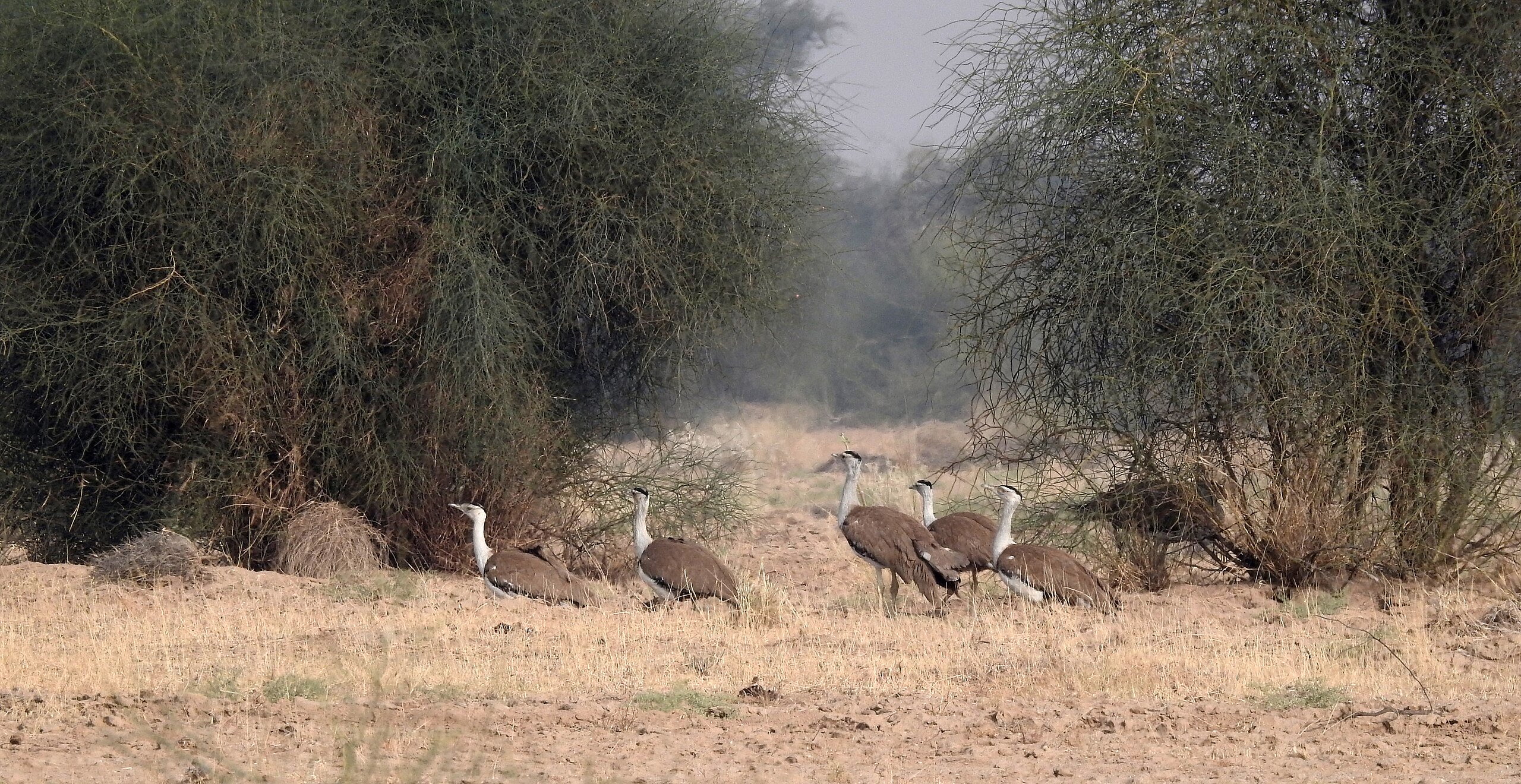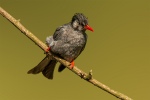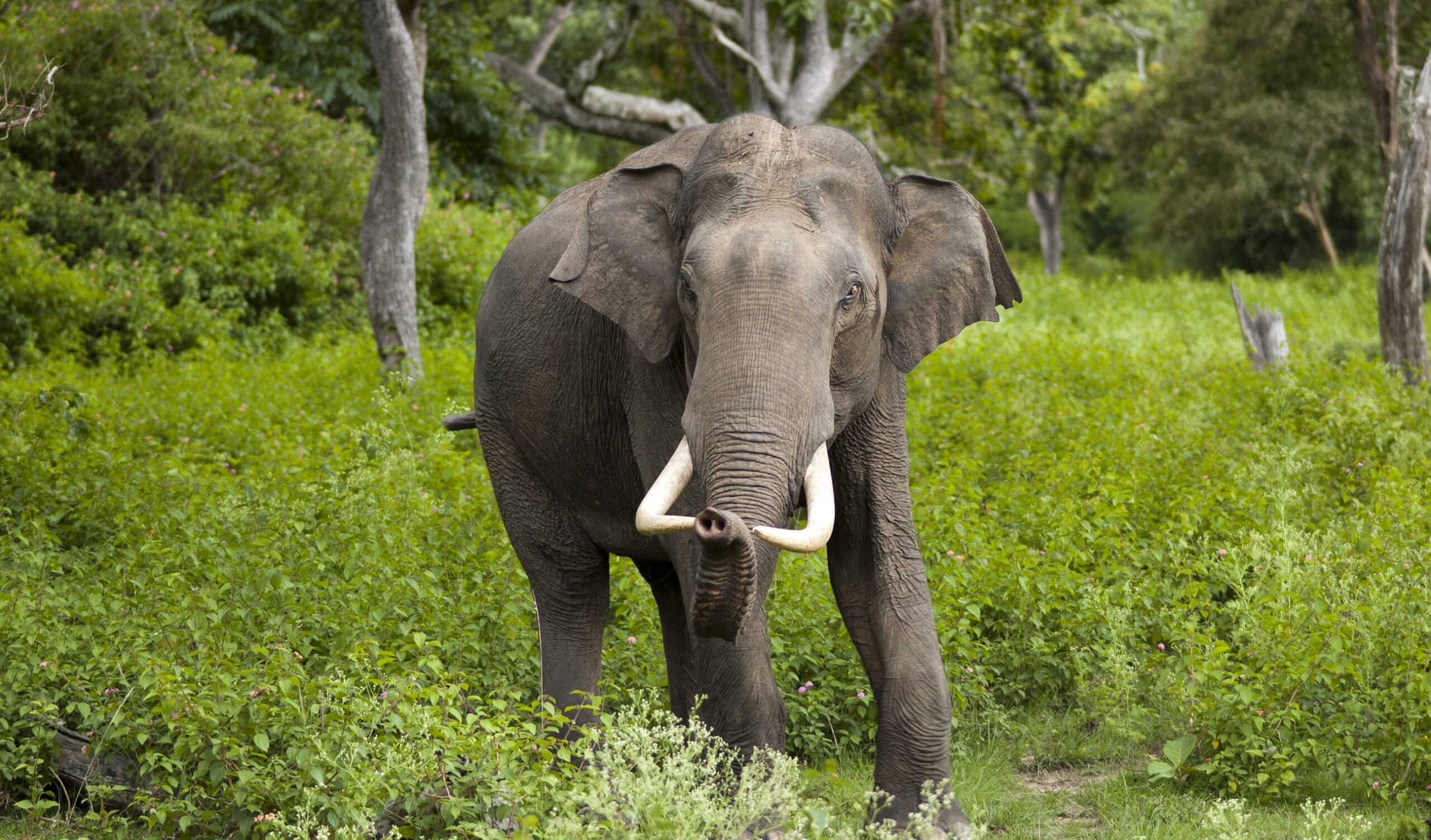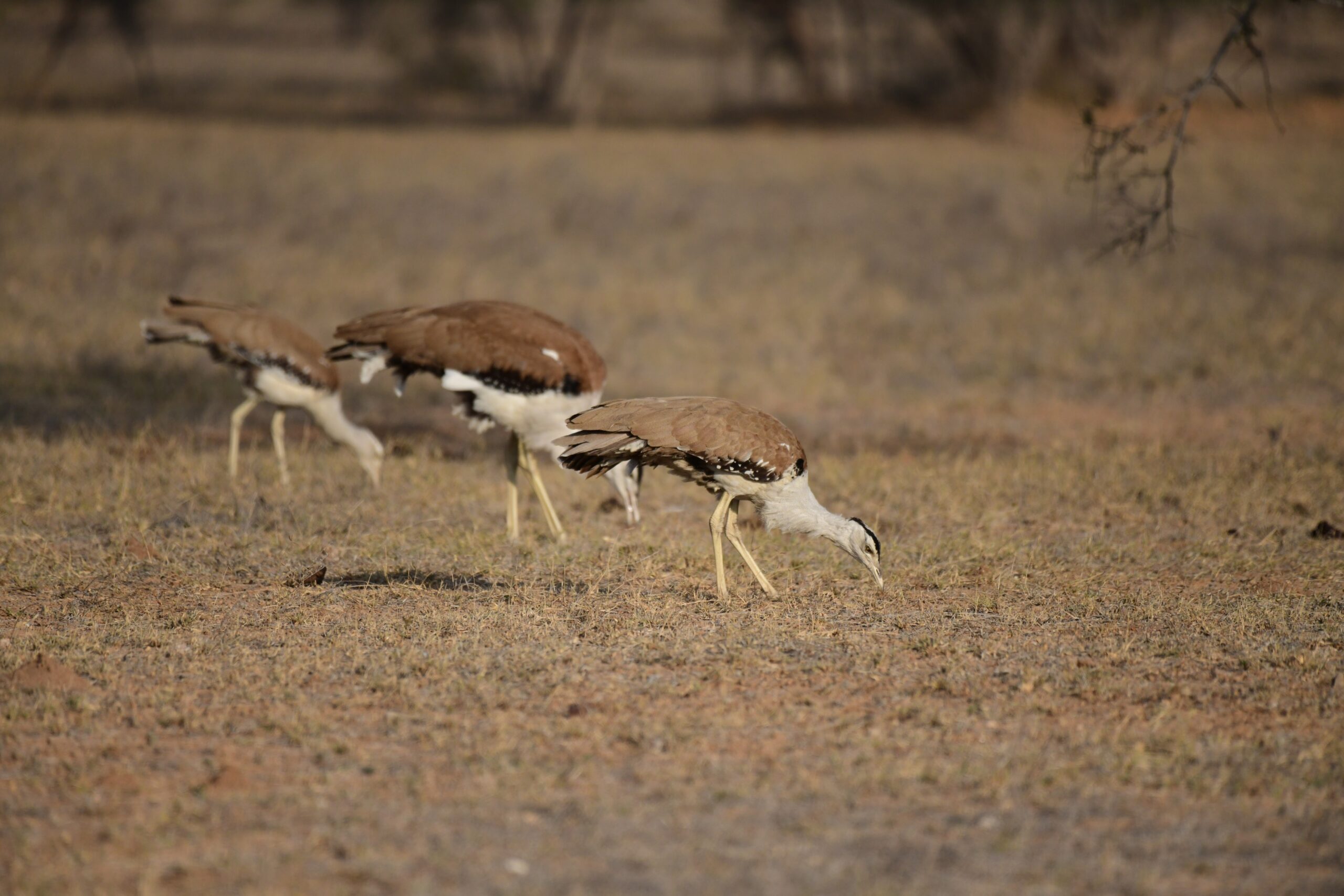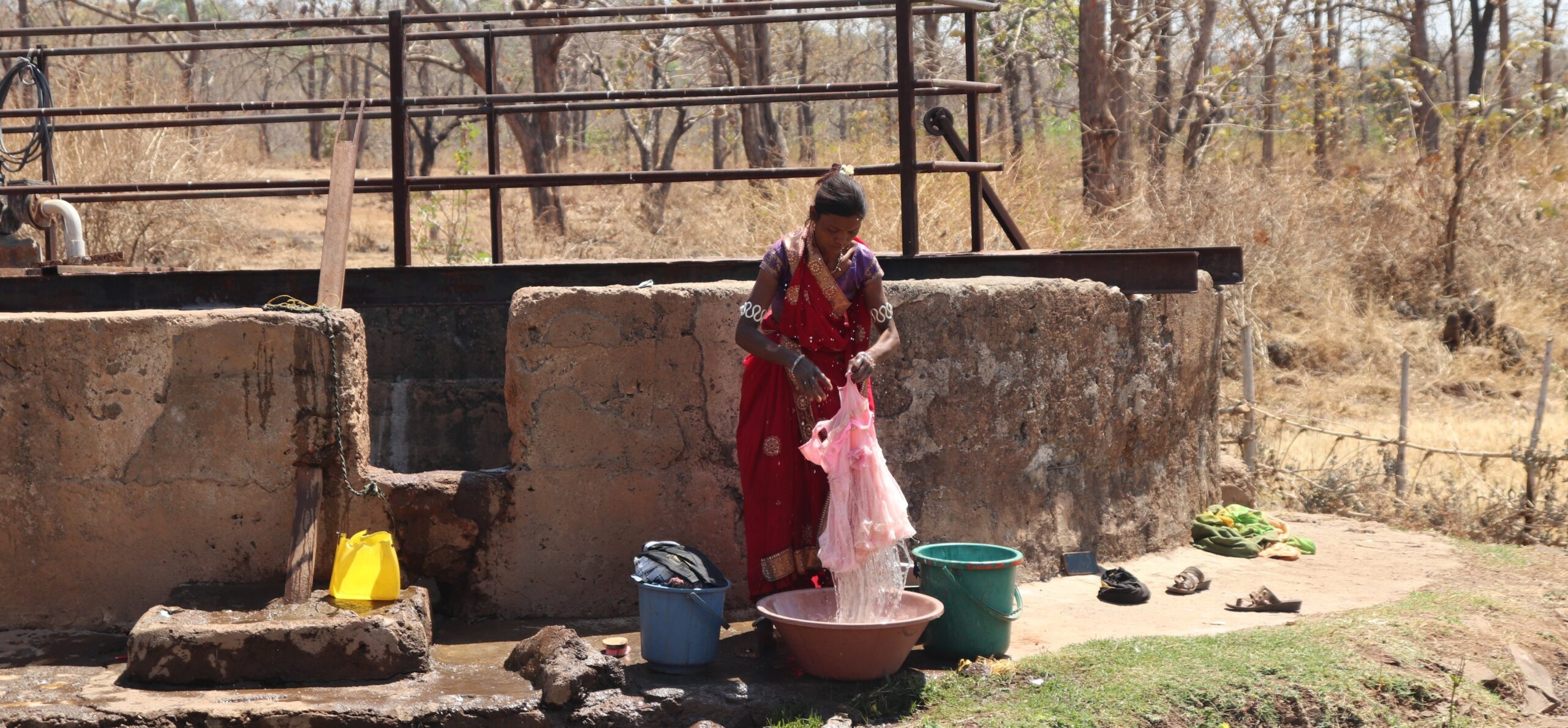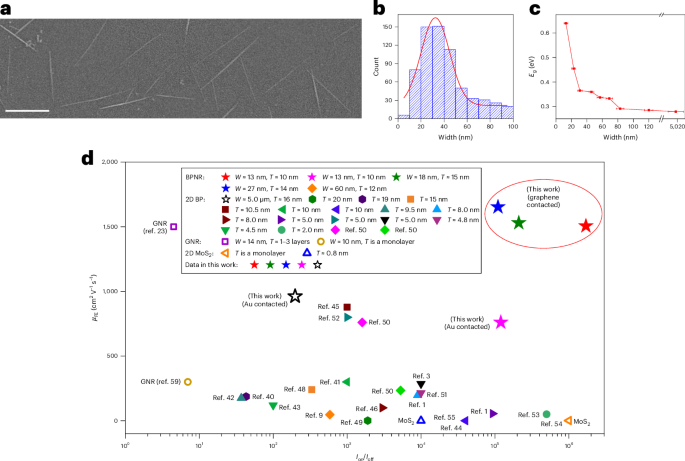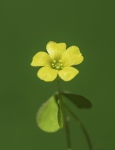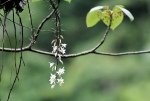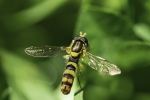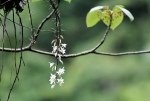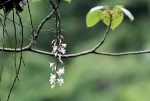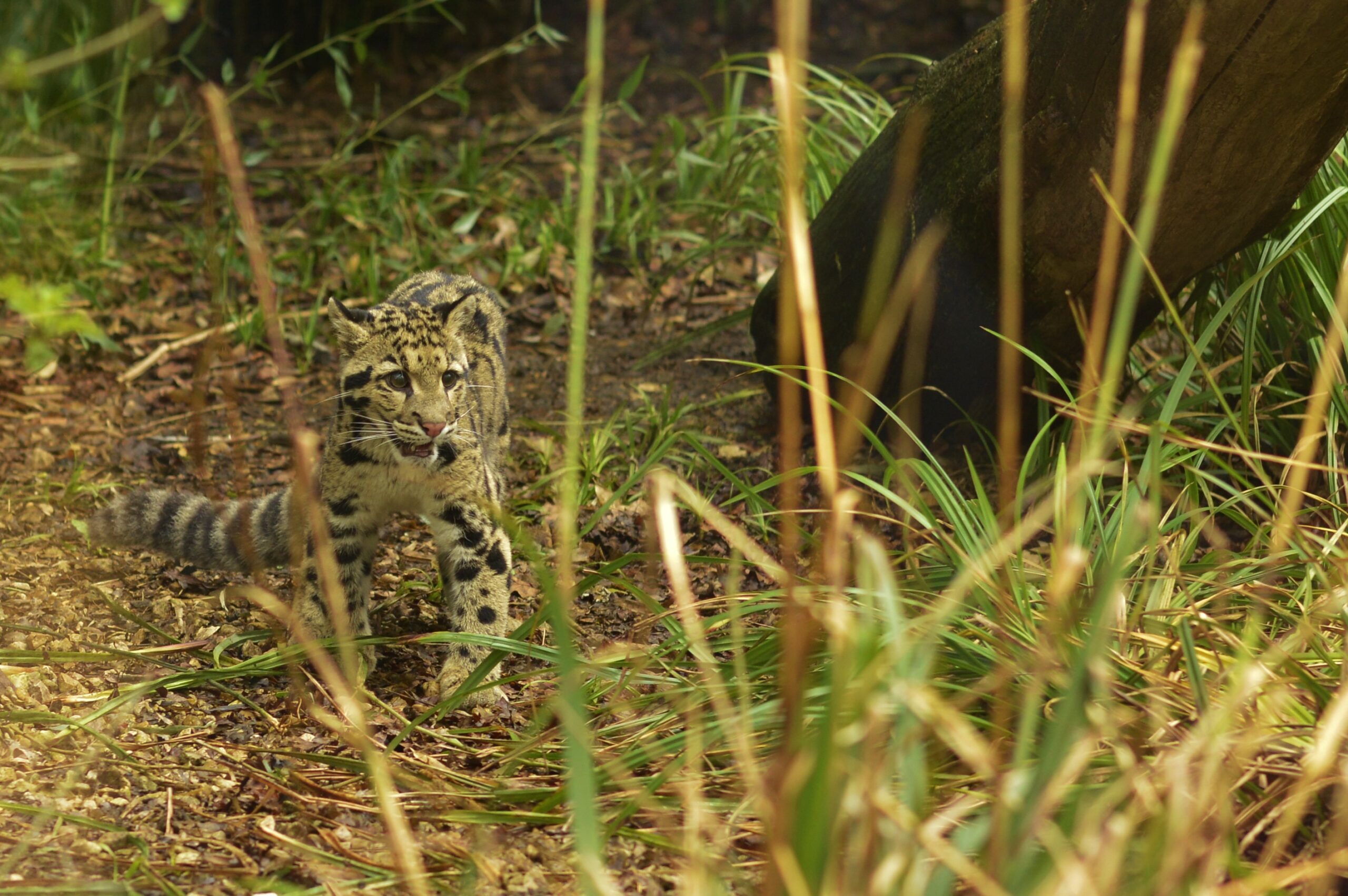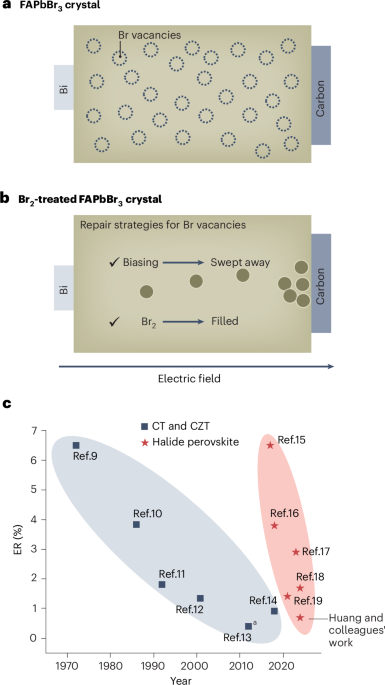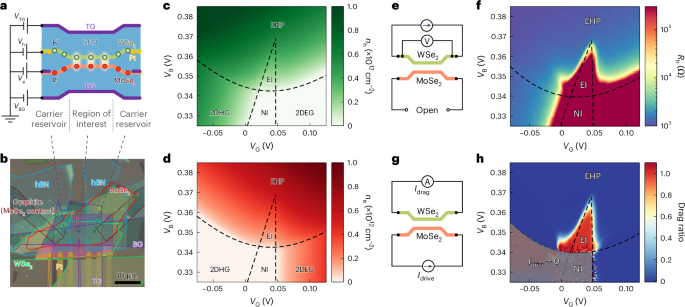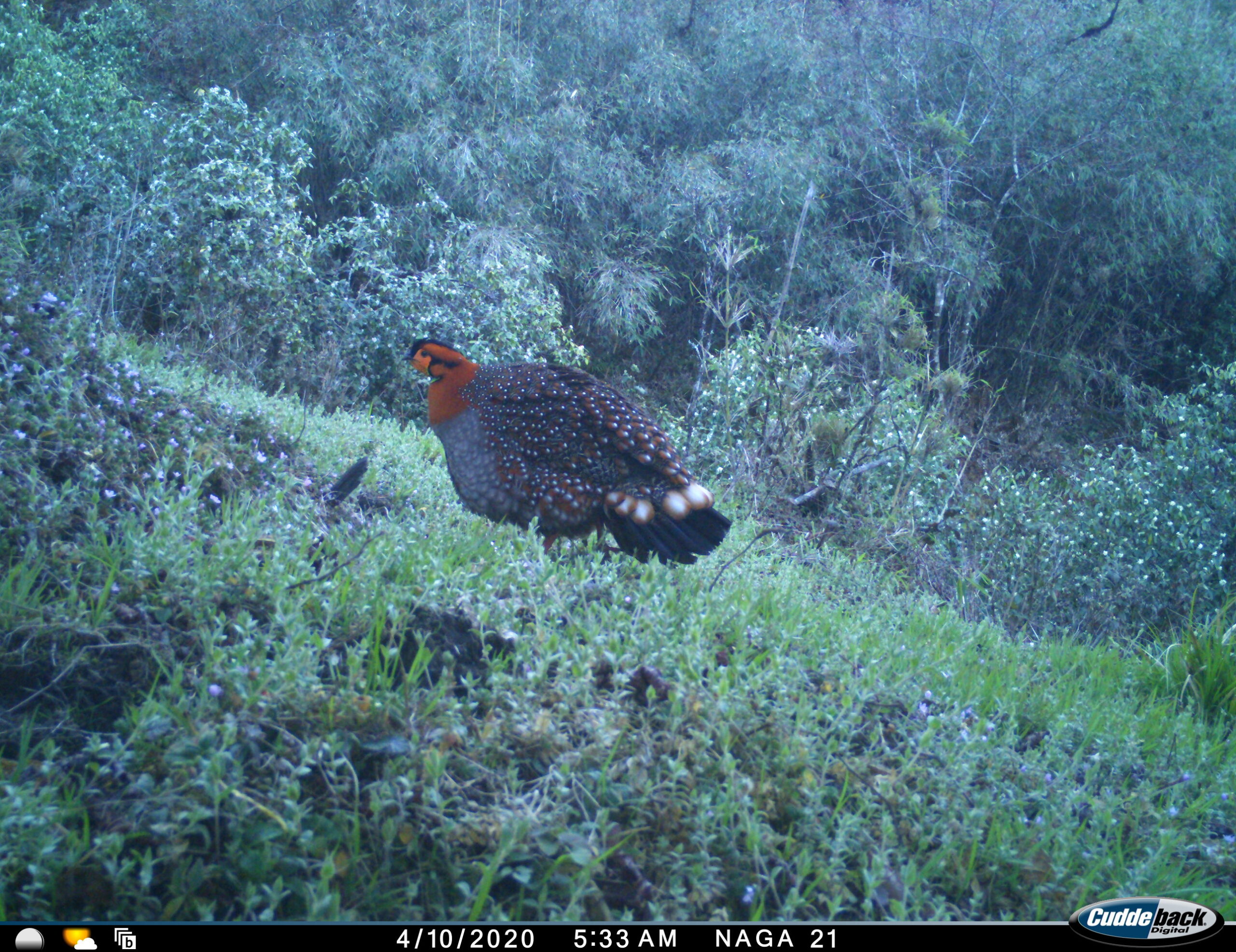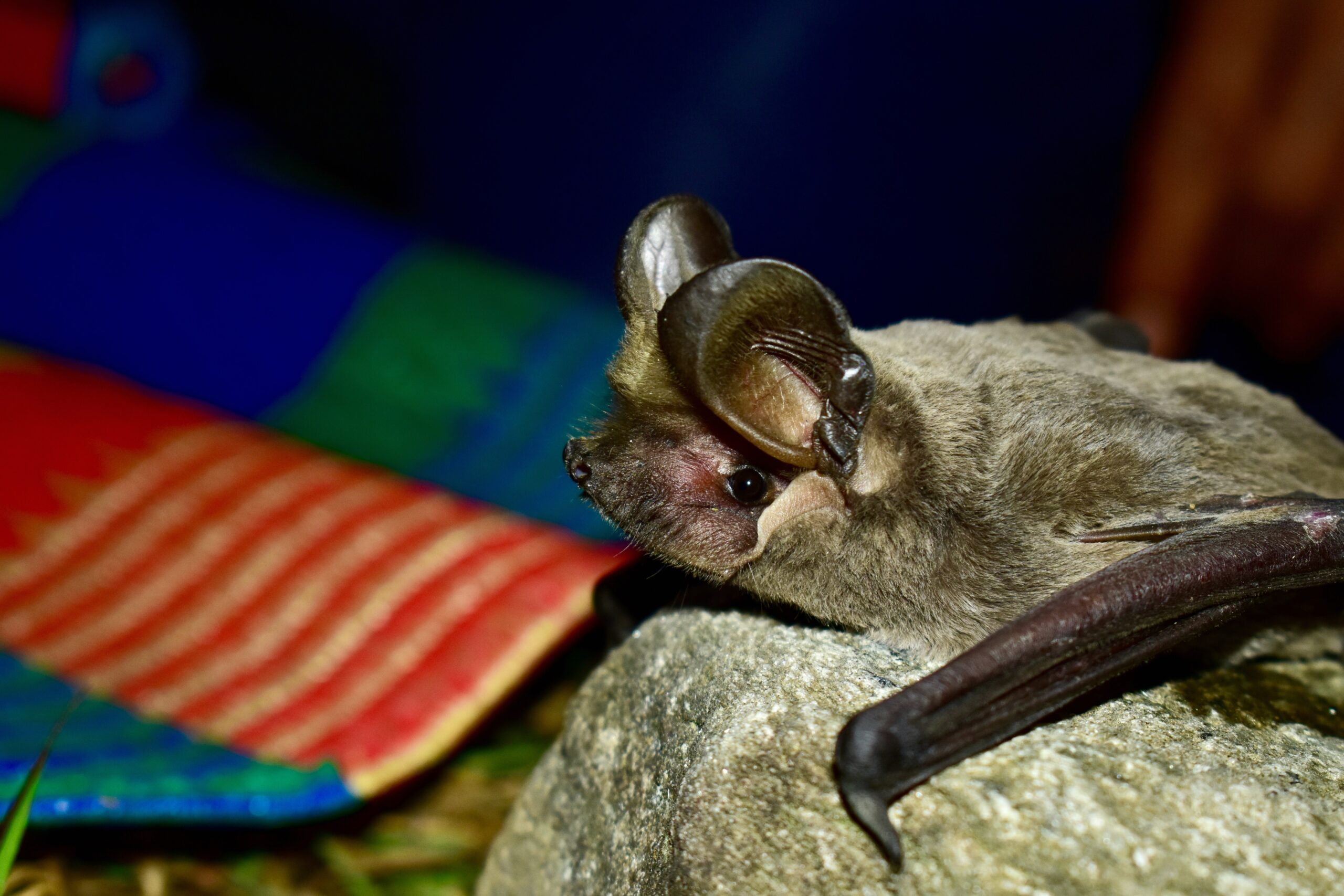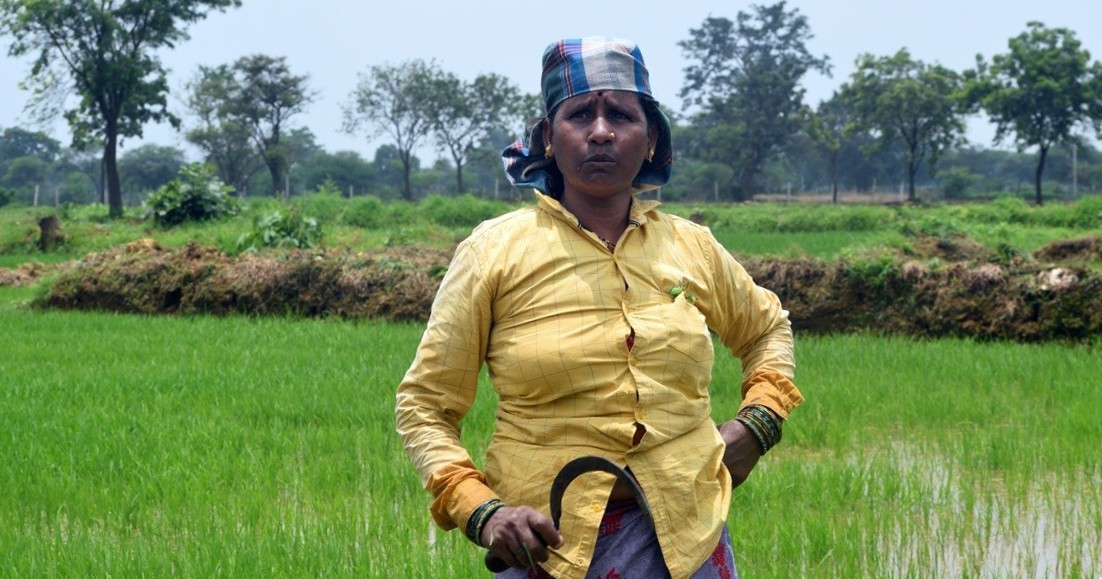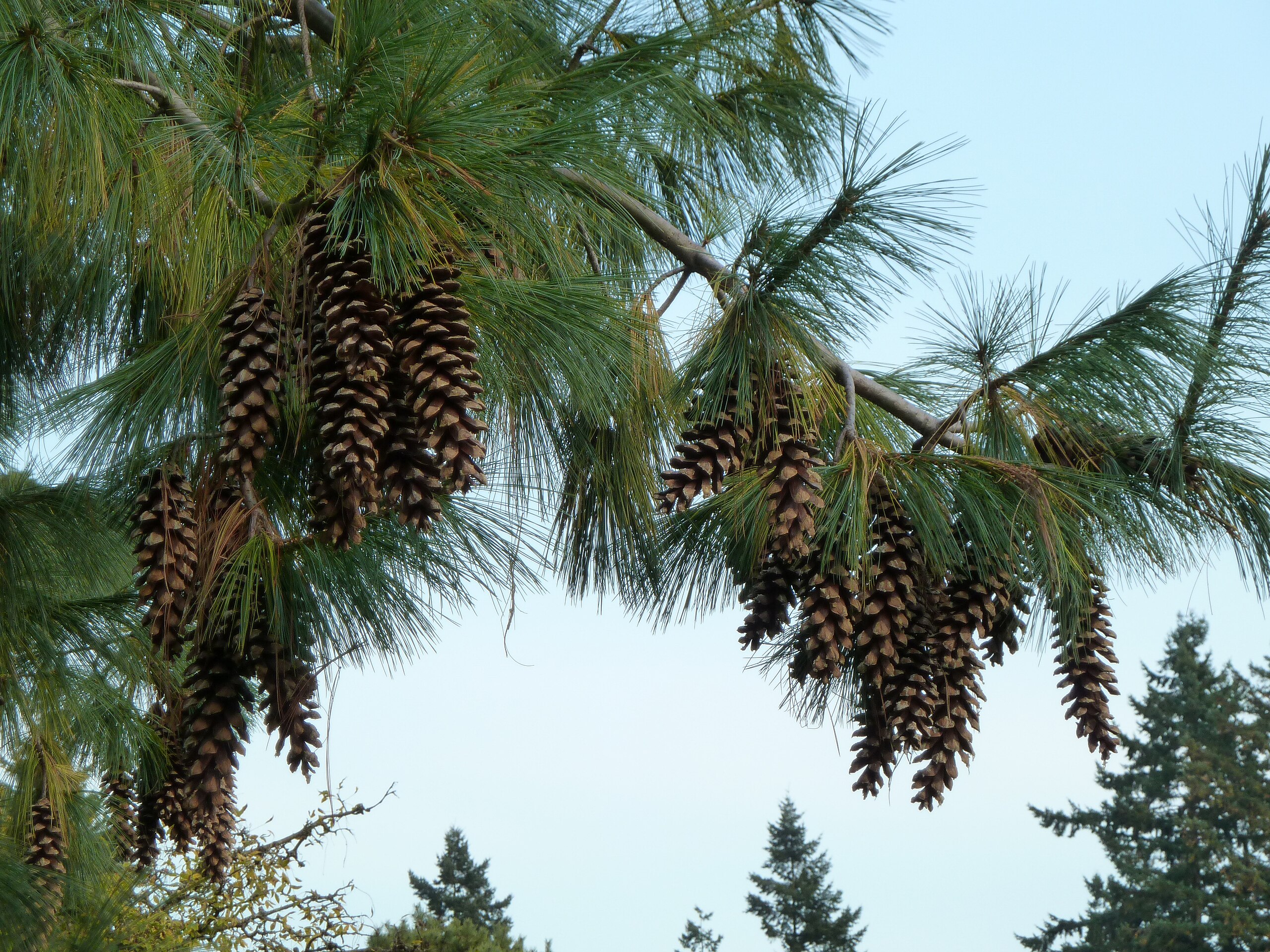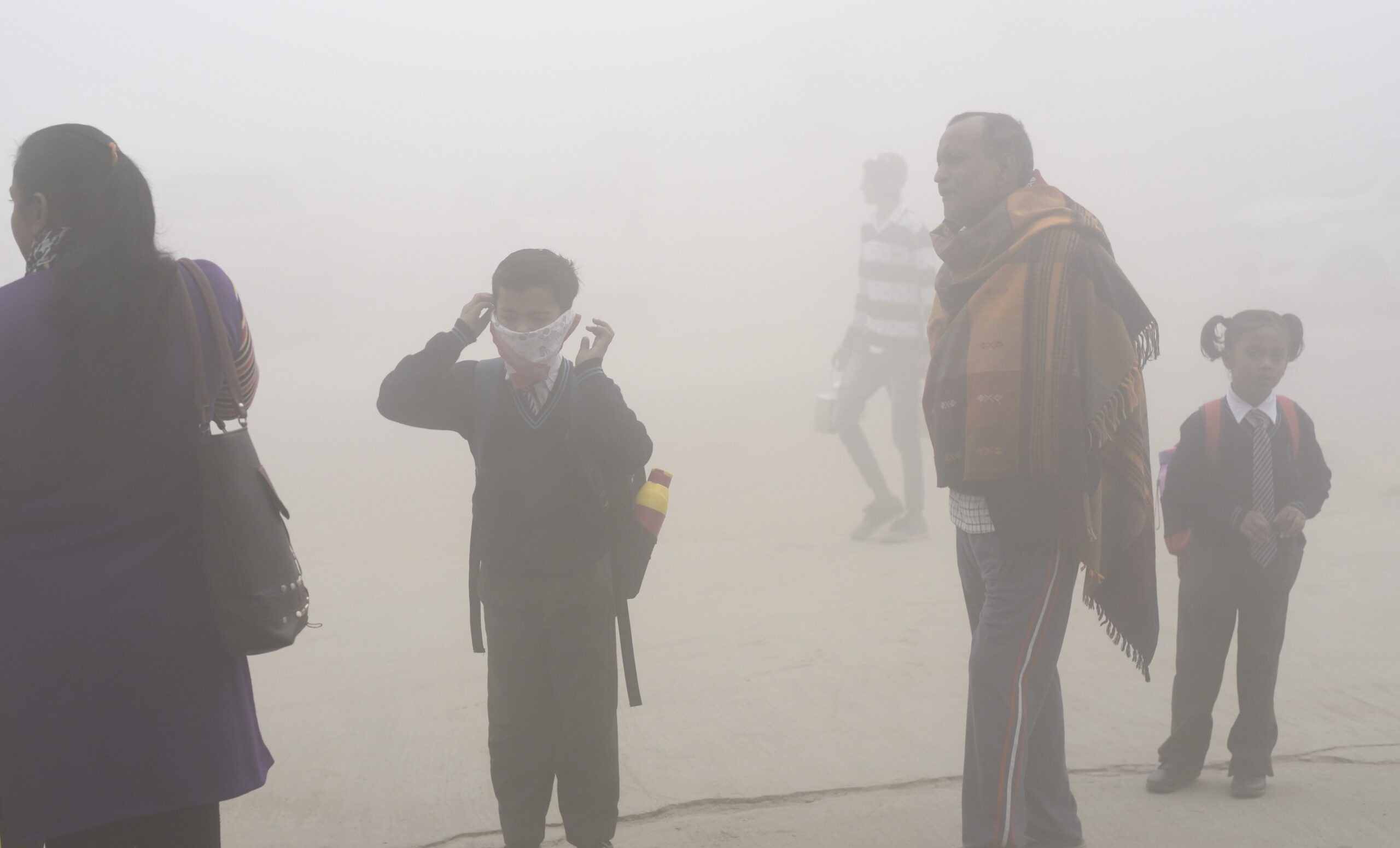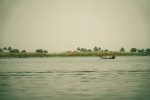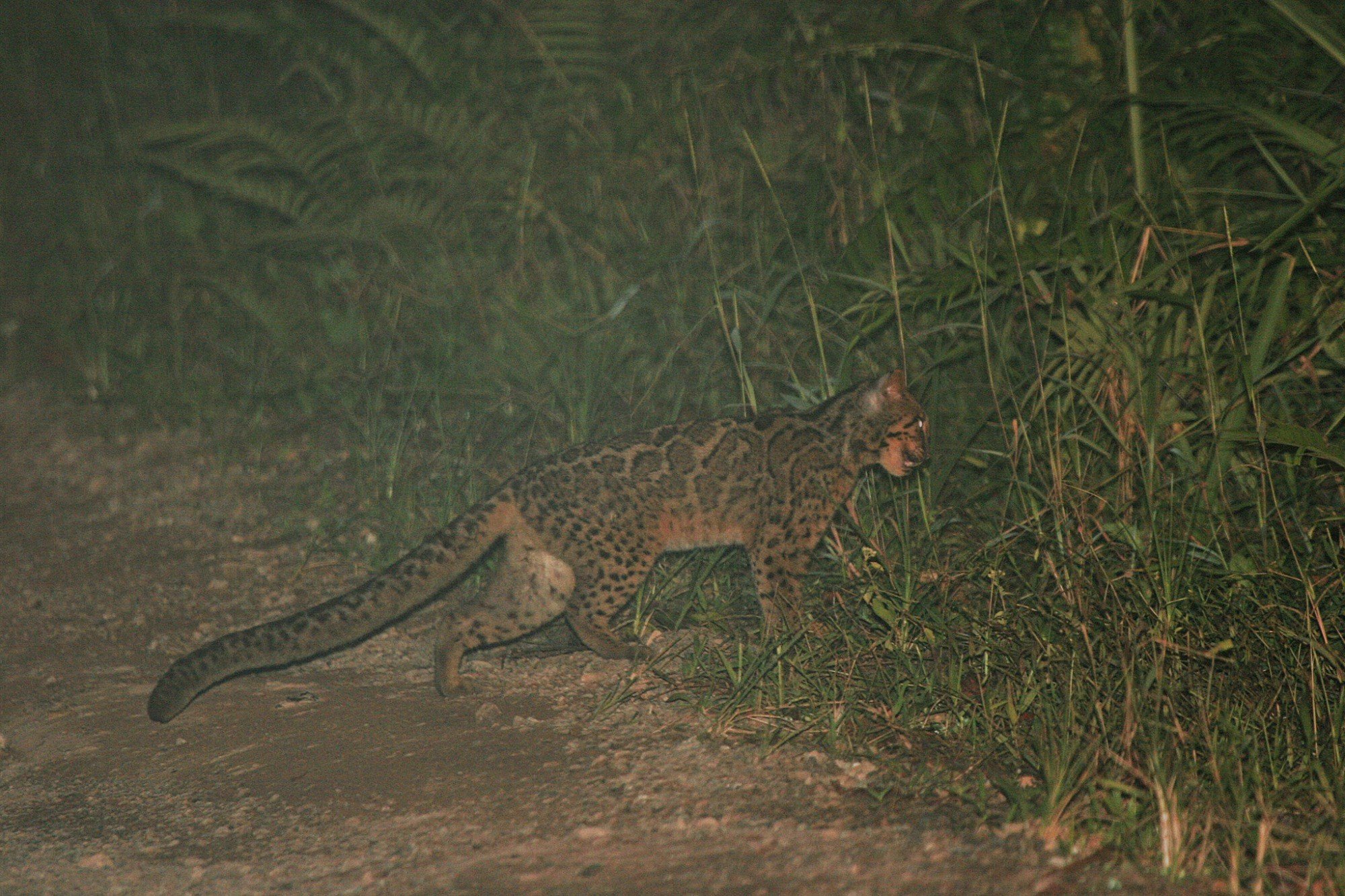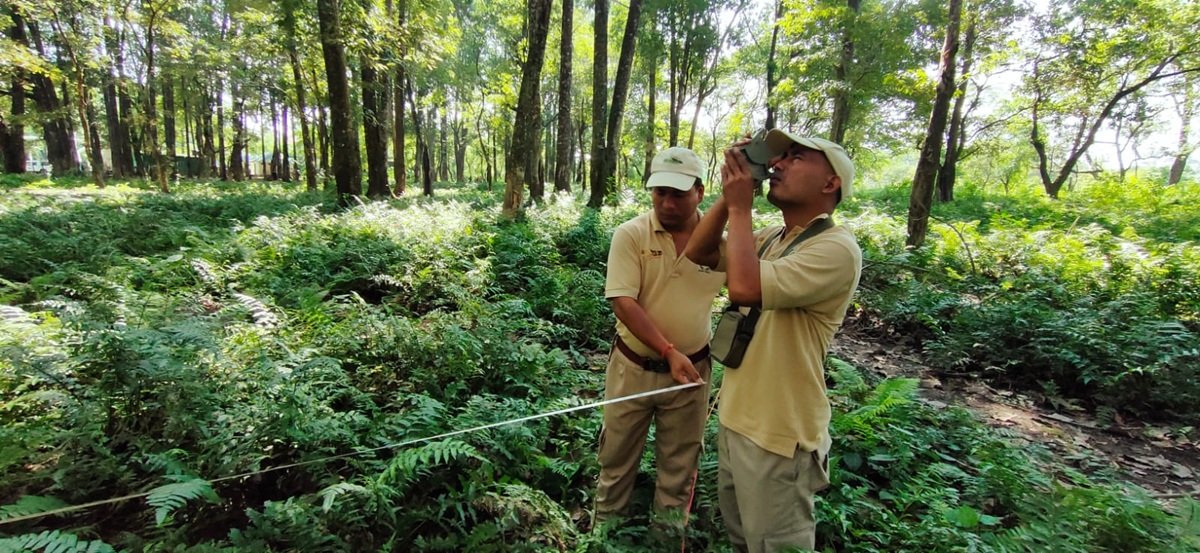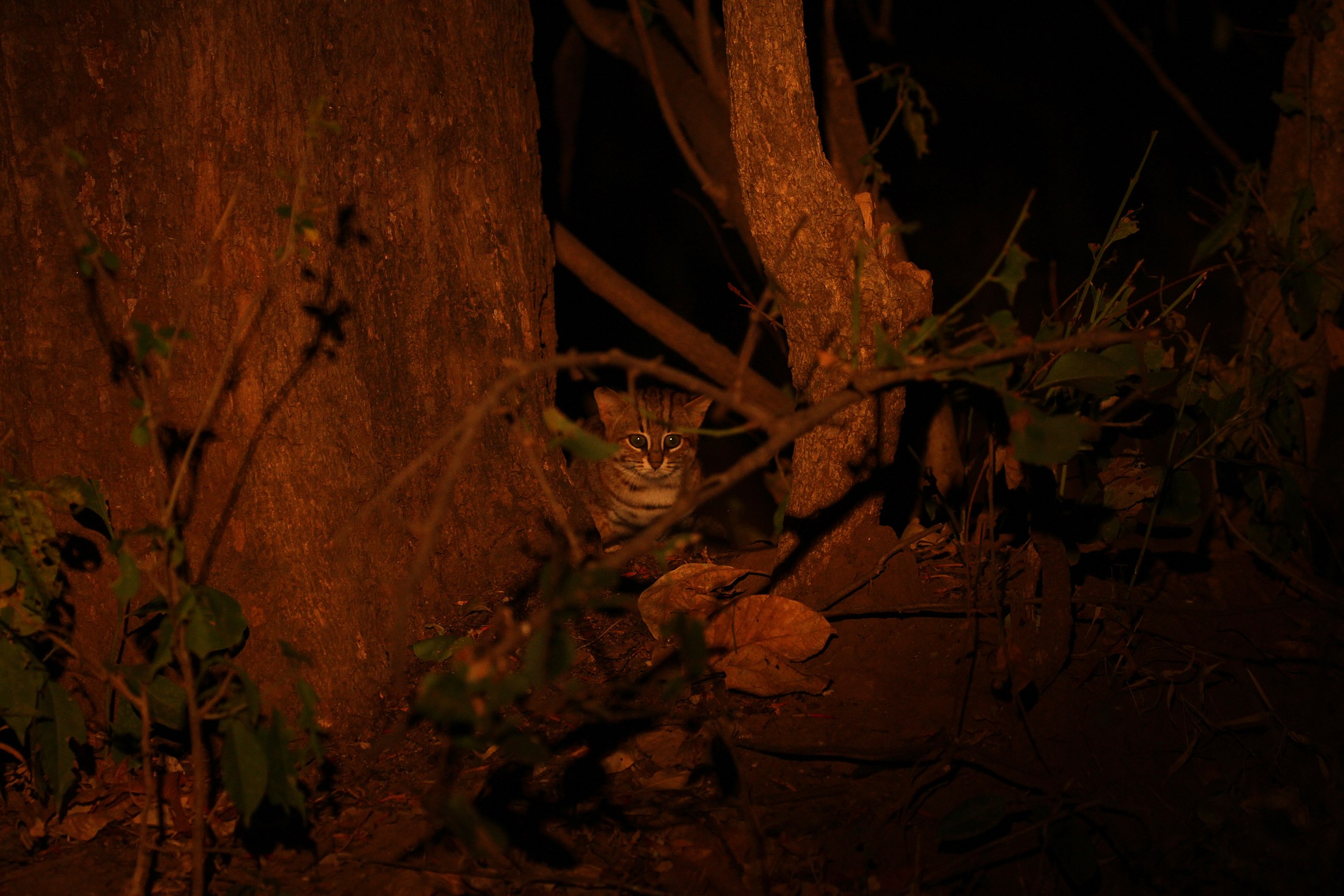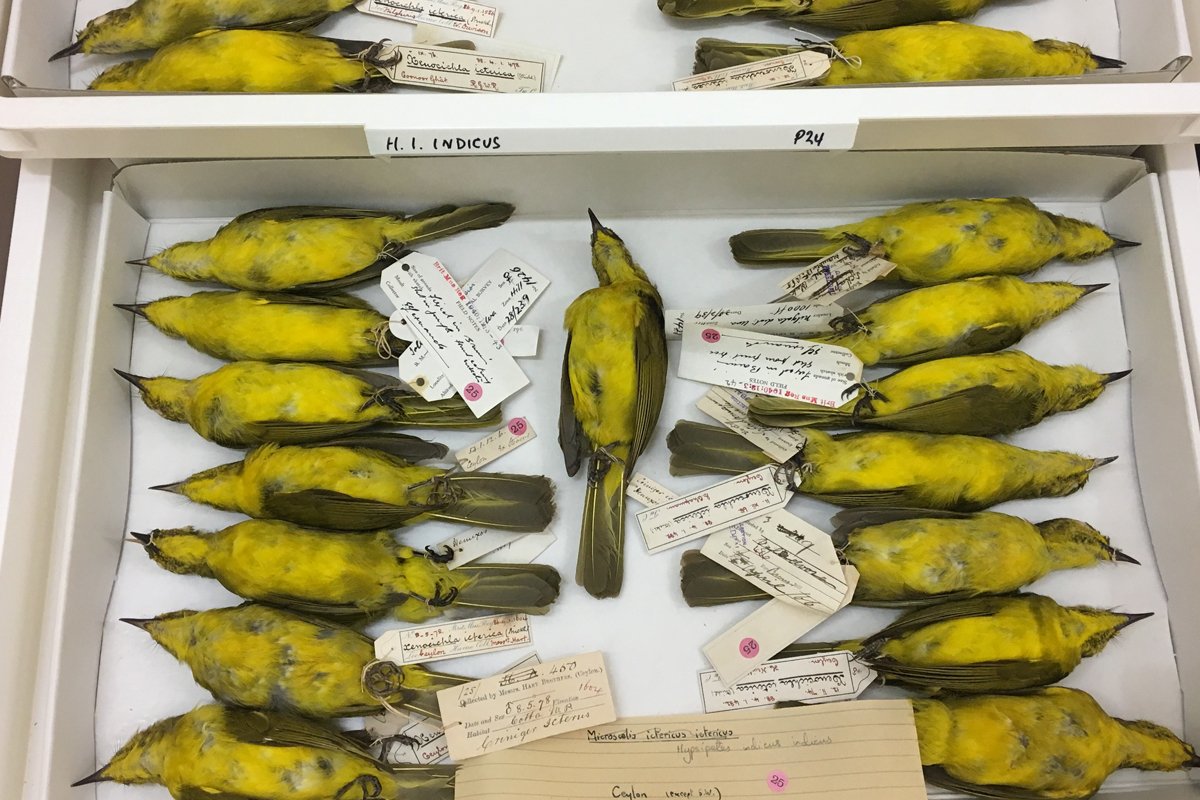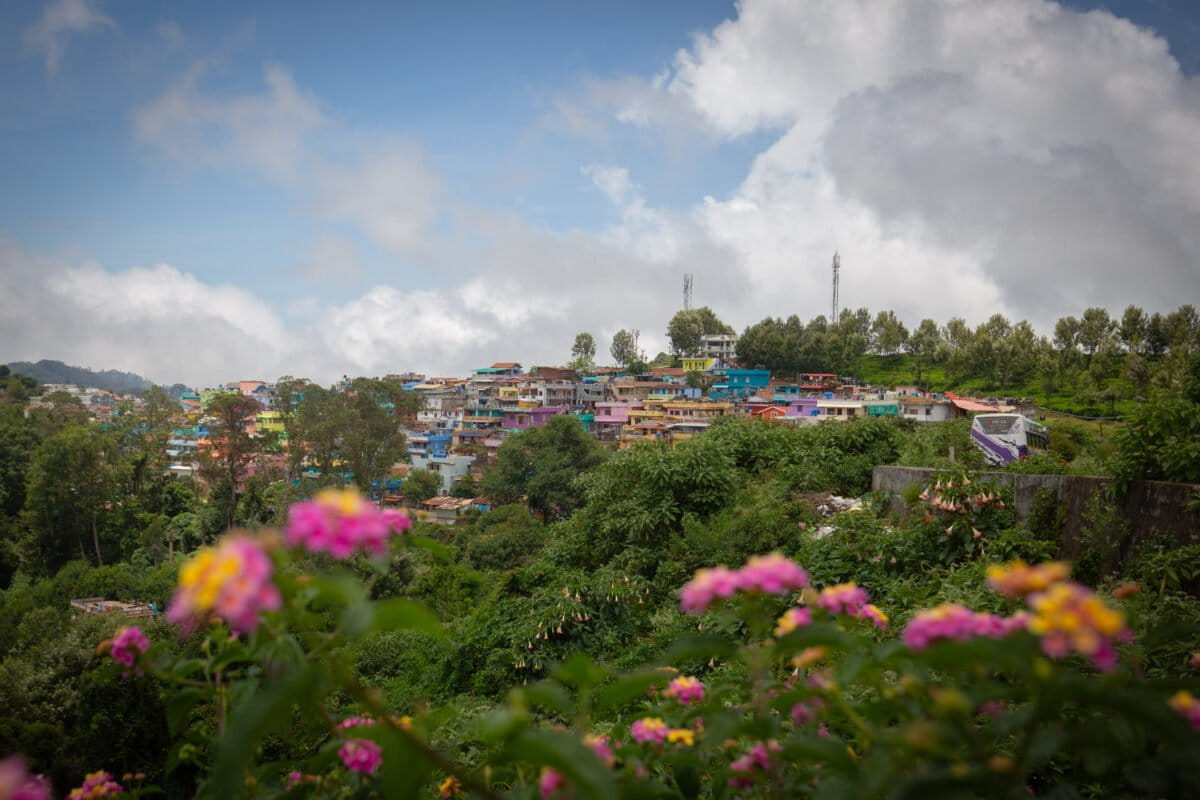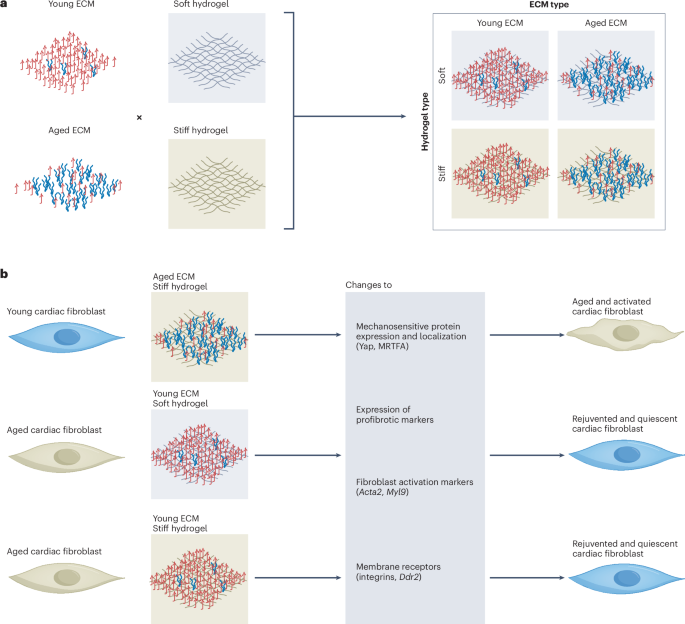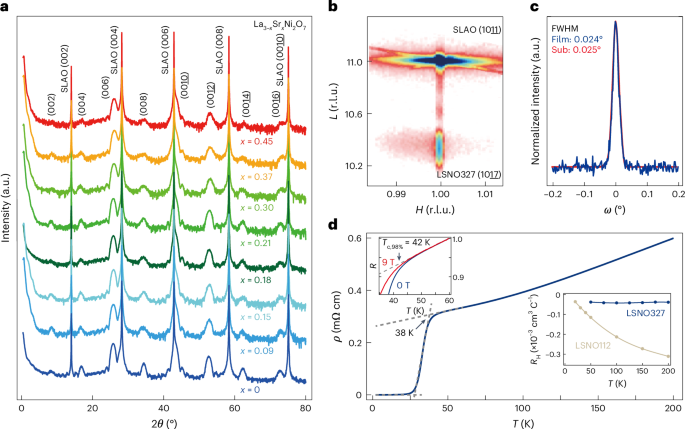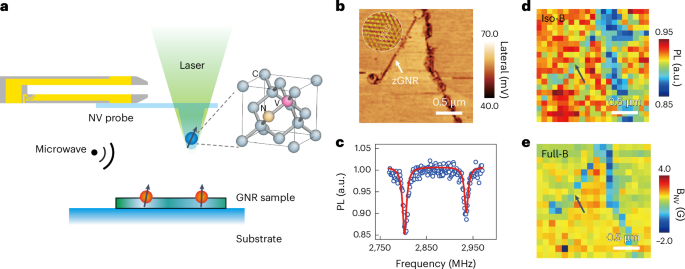

|
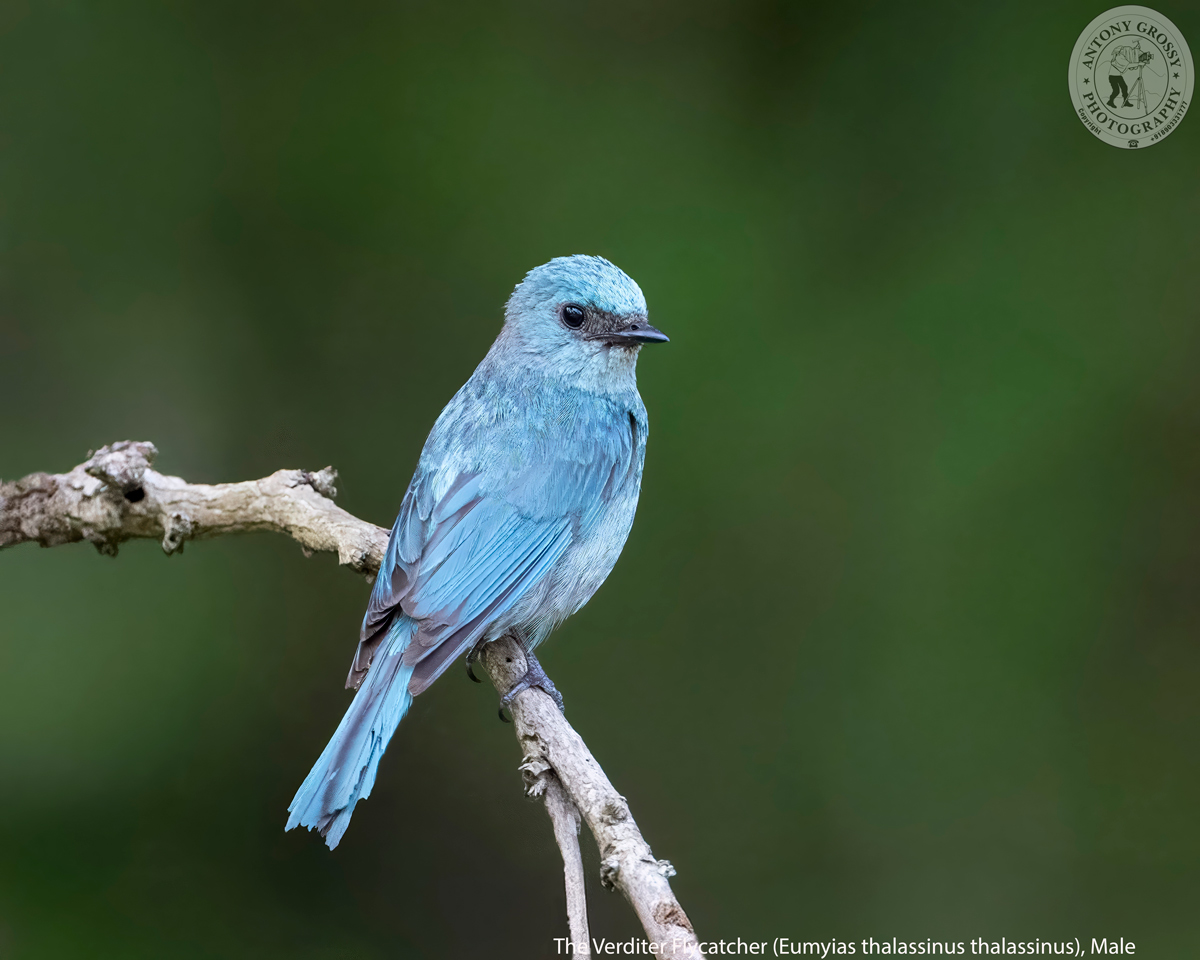 |
| The Azure Blue Beauty of Woodlands – The Verditer Flycatcher, Male |
| The Verditer Flycatcher is a beautifully vivid
Azure Turquoise-Blue, slim, long-tailed, upright Flycatcher. It is found from the Himalayas through South East Asia. The Males boast an unmistakable bright Turquoise-Blue hue across their plumage while females tend to have a slightly duller coloration. Their distinct colour derives from their name ‘Verditer,’ which refers to a shade of verdigris pigment used in painting. Sits upright on exposed perches. Found in lowland and hill forests and forest edges. . . . . . . . . . .. .. …. ……. . .. … …… ………………………. ………….. ……………….. .. …. …. ……….. … …. ……….. … …. ………… ………….. ………… ………… ….. ………. …………. …….. ……………. …… …. …. ……….. … …. ……….. .. ………… ….. ………. …………. …….. …………. The Verditer Flycatcher is named after its distinctive shade of copper-sulphate blue and has a dark patch between the eyes and above the bill base. It is a medium sized bird reaching a length of only up to 15 to 17 cms in length and weighing 17 to 20 gms. The Male of the nominate race is almost entirely Greenish-Blue or Turquoise-Blue (Verditer-Blue), with brighter forehead and throat; upperwing and tail brighter cobalt-blue, inner webs of flight-feathers sooty or blackish; velvety black on lowermost forehead, lores and centre of chin; pale tips of undertail-coverts; iris dark brown; bill and legs dark grey or blackish. The female is similar to male but slightly duller or greyer, has paler grey lores, with chin and upper throat finely barred greyish. The Juvenile has dull turquoise head and upperparts heavily flecked, speckled or spotted with pale buff, underparts similar but with larger pale buff to orange-buff spotting, juvenile female usually more heavily spotted buffish and duller on wings and tail than male; wing and tail as adult, with buff tips of greater coverts. . . . . . . . . . .. .. …. ……. . .. … …… ………………………. ………….. ……………….. .. …. …. ……….. … …. ……….. … …. ………… ………….. ………… ………… ….. ………. …………. …….. ……………. …… …. …. ……….. … …. ……….. .. ………… ….. ………. …………. …….. …………. They are found in open lowland and lower montane forest, including edges, clearings and bushes along streams, edges of cultivation, tall tree groves, also parks and gardens; breeds in Himalayas at 1200 to 3000 mtr, mainly below 2400 mtr. They are altitudinal migrant and a relatively long-distance migrant; post-breeding they move to lower levels in foothills and plains, in India mostly below 750mtr. . . . . . . . . . .. .. …. ……. . .. … …… ………………………. ………….. ……………….. .. …. …. ……….. … …. ……….. … …. ………… ………….. ………… ………… ….. ………. …………. …….. ……………. …… …. …. ……….. … …. ……….. .. ………… ….. ………. …………. …….. …………. They are usually found either solitary or in pairs, occasionally several pairs occupying same area of open forest or powerlines; also associates loosely with other flycatchers. The Verditer Flycatcher is also interesting among the Flycatchers in that they forage above the canopy level and perching on electric wires or exposed tree top branches. They often perch on exposed branches or leaves from where they dart out to catch their prey in flight – a behaviour known as ‘fly-catching. It actively hawks insects in flight, variably returning to original perch; also flutters in foliage to dislodge insects, and may drop to ground to pick up prey. It has an upright stance; flicks tail, most frequently on landing. . . . . . . . . . .. .. …. ……. . .. … …… ………………………. ………….. ……………….. .. …. …. ……….. … …. ……….. … …. ………… ………….. ………… ………… ….. ………. …………. …….. ……………. …… …. …. ……….. … …. ……….. .. ………… ….. ………. …………. …….. …………. Their Song (usually silent in wintering area), from high perch, is a prolonged series of strident, rapid undulating notes, starting hesitantly before gradually running down scale and ending abruptly, pppwe pppwe pe-tititi-wu-pitititi-weu, repeated at intervals; also a soft and almost inaudible jingling trill, similar to notes given by white-eyes (Zosterops). Their Calls include short and plaintive pseeut and longer and drier tze-ju-jui. . . . ……… … …. ………… ………….. ………… ………… ….. ………. …… ………….. ………… ………… ….. ………………….. … ………… ….. ………. …… ………….. ………… ………… …. … … …… ………….. ………… ………… ….. ………………….. … ………… ….. ………. …… ………….. ………… ………… …. … ……………. …… ……………. ………… ….. ……………………………. …. …. … .. …………………. …. …………………….. ….. …………….. .. Description Credit Birds of the World (The Cornell Lab), Oiseaux, Birda, Animalia, Nepal Desk, Ogaclicks, Birds of India | Bird World, Bird Count India & Wiki. |
  |
|
|




